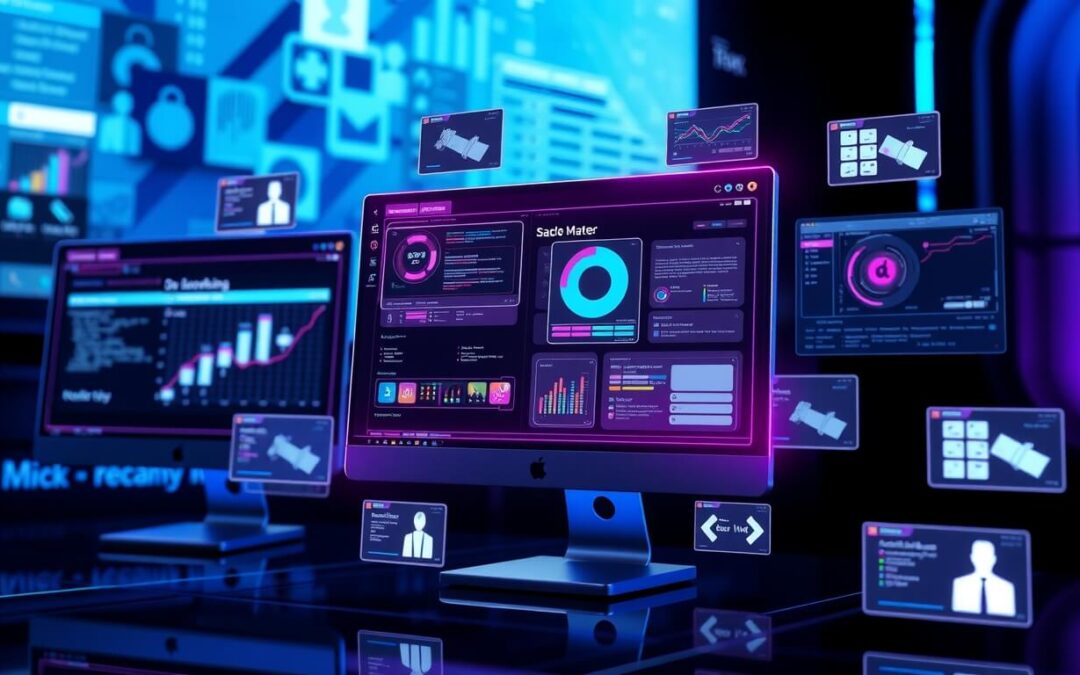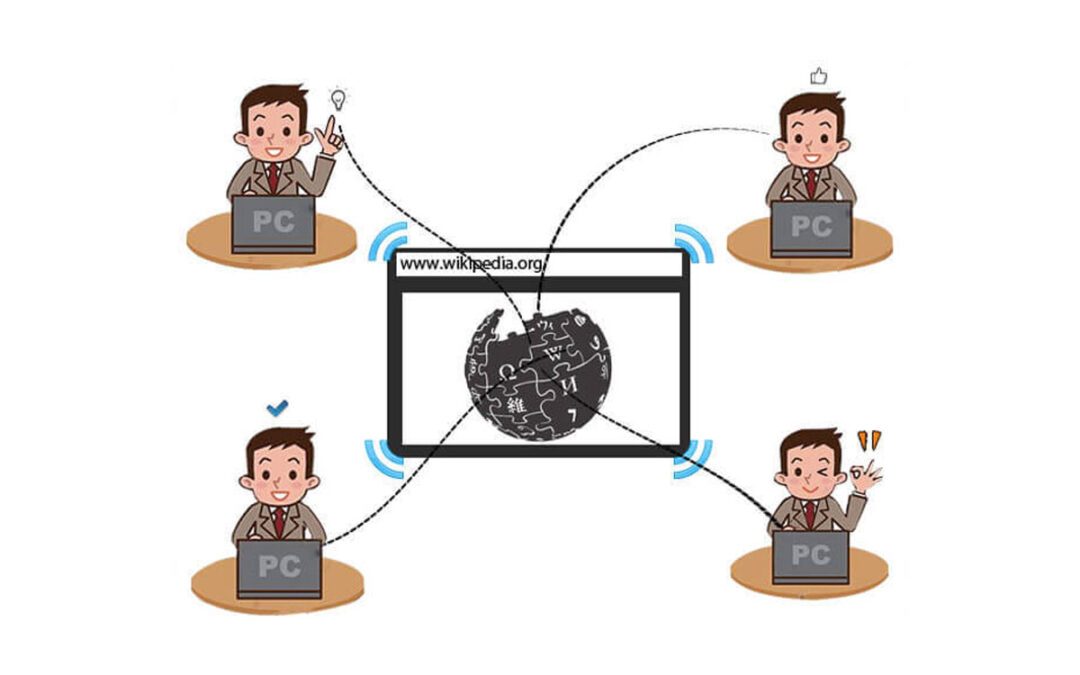
by Bantech@dmin | Apr 2, 2025 | Android App Development, Artificial Intelligence (AI), Blockchain, Company, Technology, Website Design, Website Development
When we think of the future of technology, artificial intelligence (AI) usually comes to mind first. AI is already transforming various industries, from healthcare and finance to entertainment and transportation. But beyond AI lies another groundbreaking...

by Bantech@dmin | Mar 31, 2025 | Android App Development, Artificial Intelligence (AI), Business Outsourcing, Technology, Website Design, Website Development
How to Successfully Migrate Your Business to the Cloud: A Comprehensive Step-by-Step Guide As businesses evolve and grow, the need for flexible, scalable, and cost-effective IT infrastructure has become more apparent than ever. One of the most significant advancements...

by Bantech@dmin | Mar 28, 2025 | Android App Development, Artificial Intelligence (AI), Blockchain, Technology, Website Design, Website Development
Business Agility: The Low-Code Development Revolution The digital transformation wave has made software development an indispensable part of almost every business sector. Traditionally, developing software solutions required teams of highly skilled programmers, months...

by Amit Shaw | Mar 26, 2025 | Android App Development, Artificial Intelligence (AI), Blockchain, Company, iPhone App Development, Technology, Website Design, Website Development
As the world continues its shift toward digital transformation, edge computing is emerging as a driving force behind enhanced connectivity, low-latency data processing, and real-time decision-making. The rapid rise of the Internet of Things (IoT), 5G networks, and...

by Amit Shaw | Mar 24, 2025 | Android App Development, Artificial Intelligence (AI), iPhone App Development, Technology, Website Design, Website Development
In the ever-evolving world of software development, companies constantly seek ways to accelerate release cycles without compromising quality. One area undergoing rapid transformation is software testing. With the integration of artificial intelligence (AI), software...

by Gargi Banerjee | Jan 31, 2025 | Android App Development, iPhone App Development, Technology, Website Development
Ah, the browser—our digital Swiss Army knife. It’s where we binge-watch cat videos, procrastinate on social media, and occasionally get some work done. But let’s be honest, for years, browsers have been the digital equivalent of a minivan: reliable, but not exactly a...






